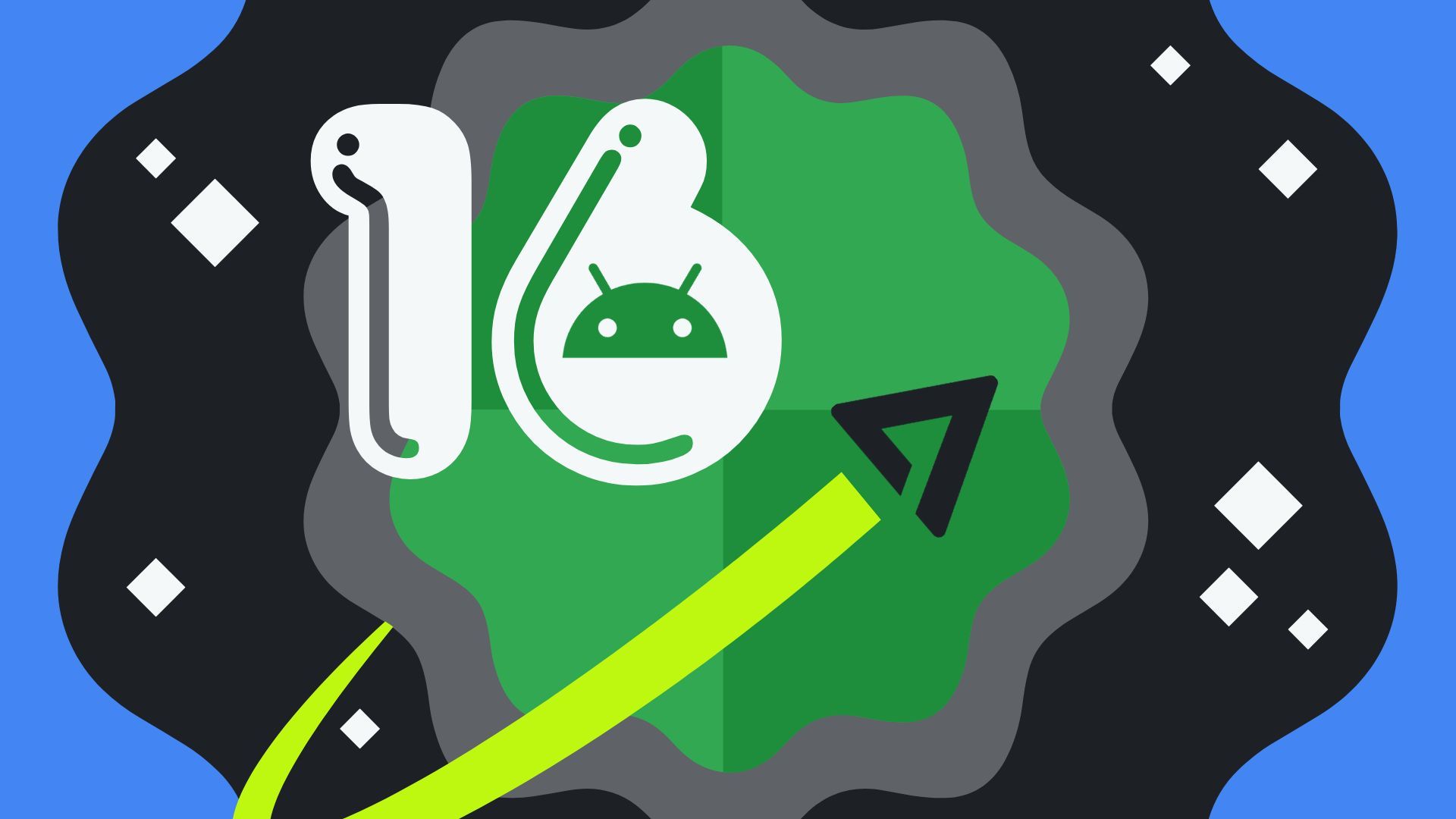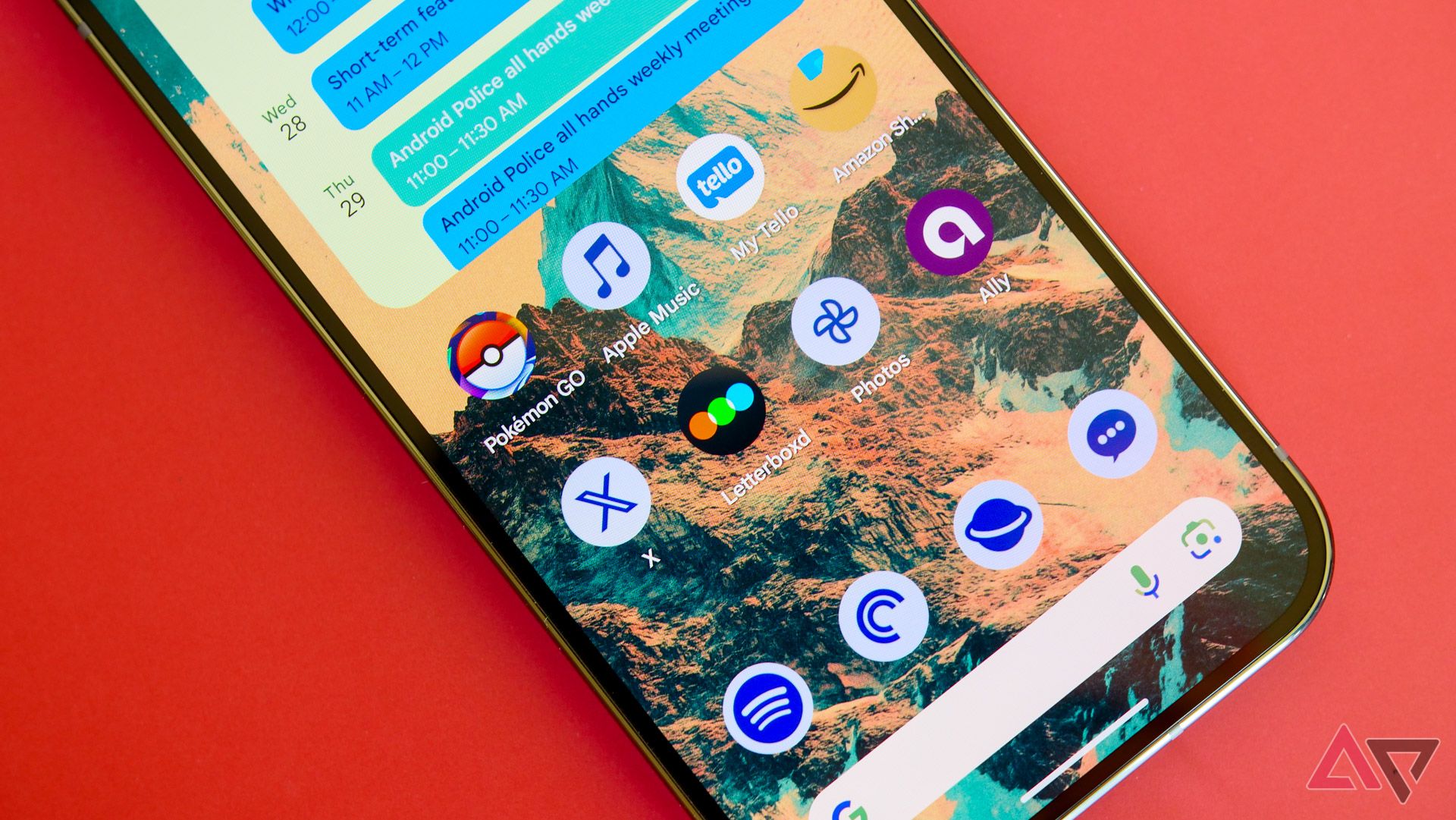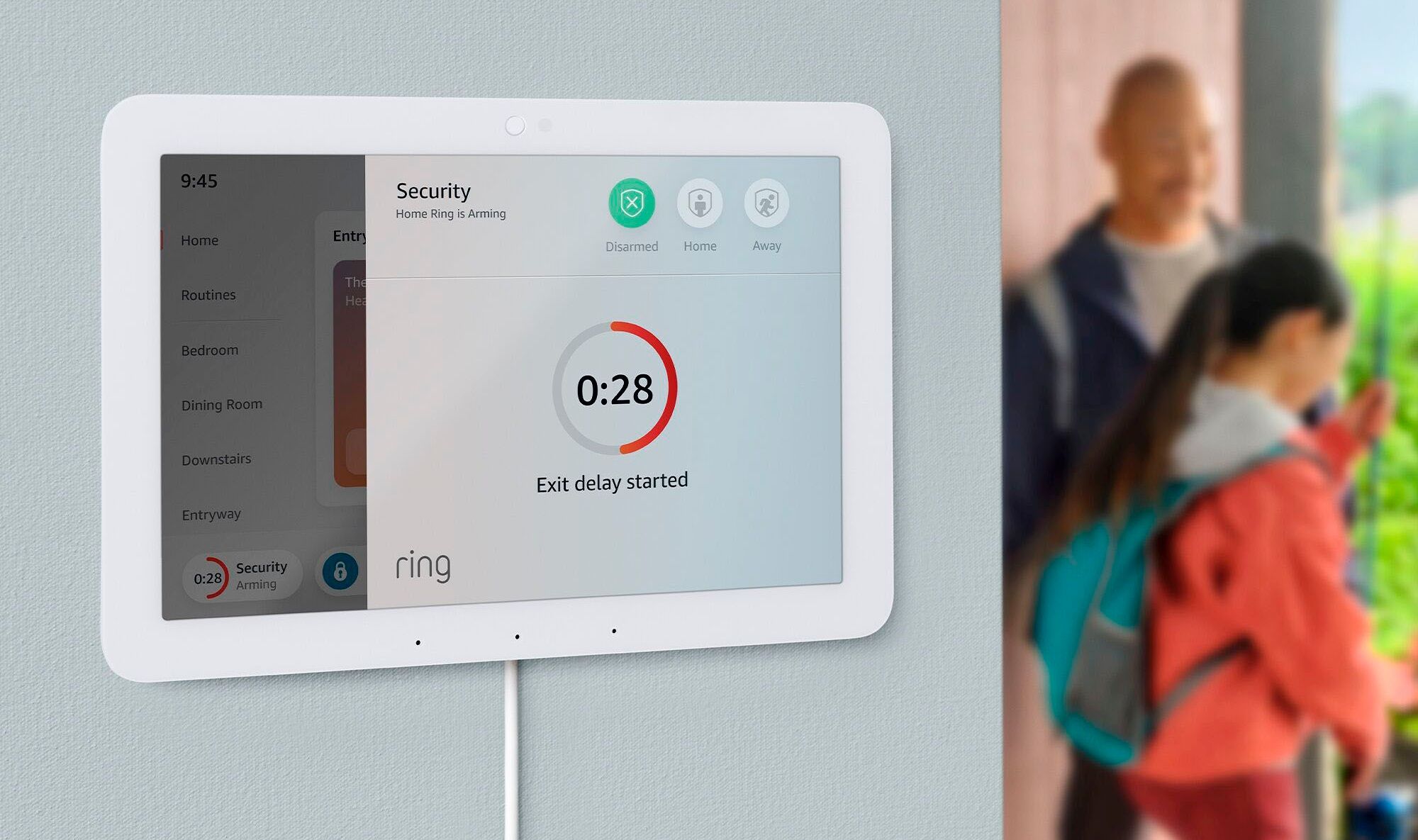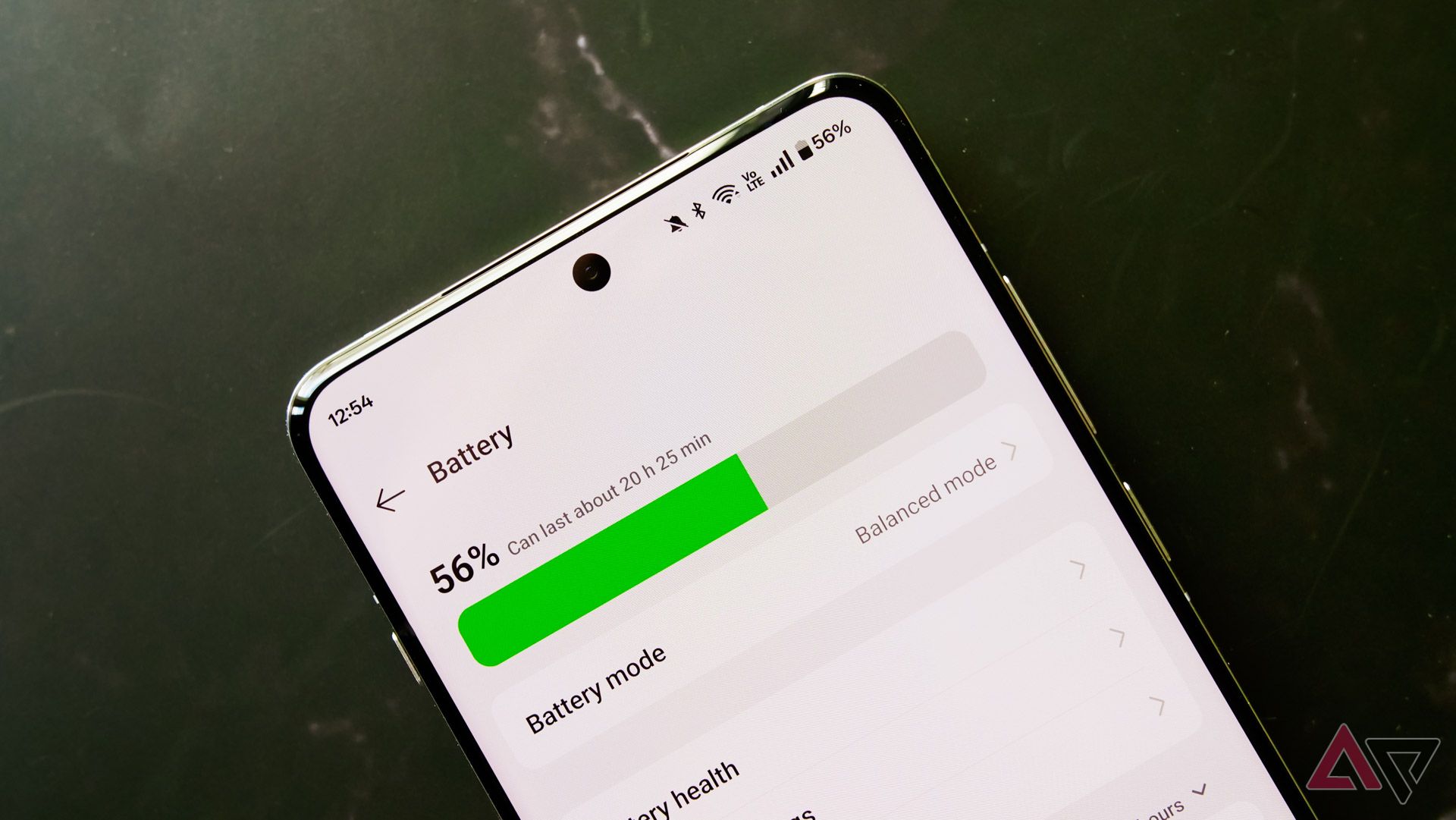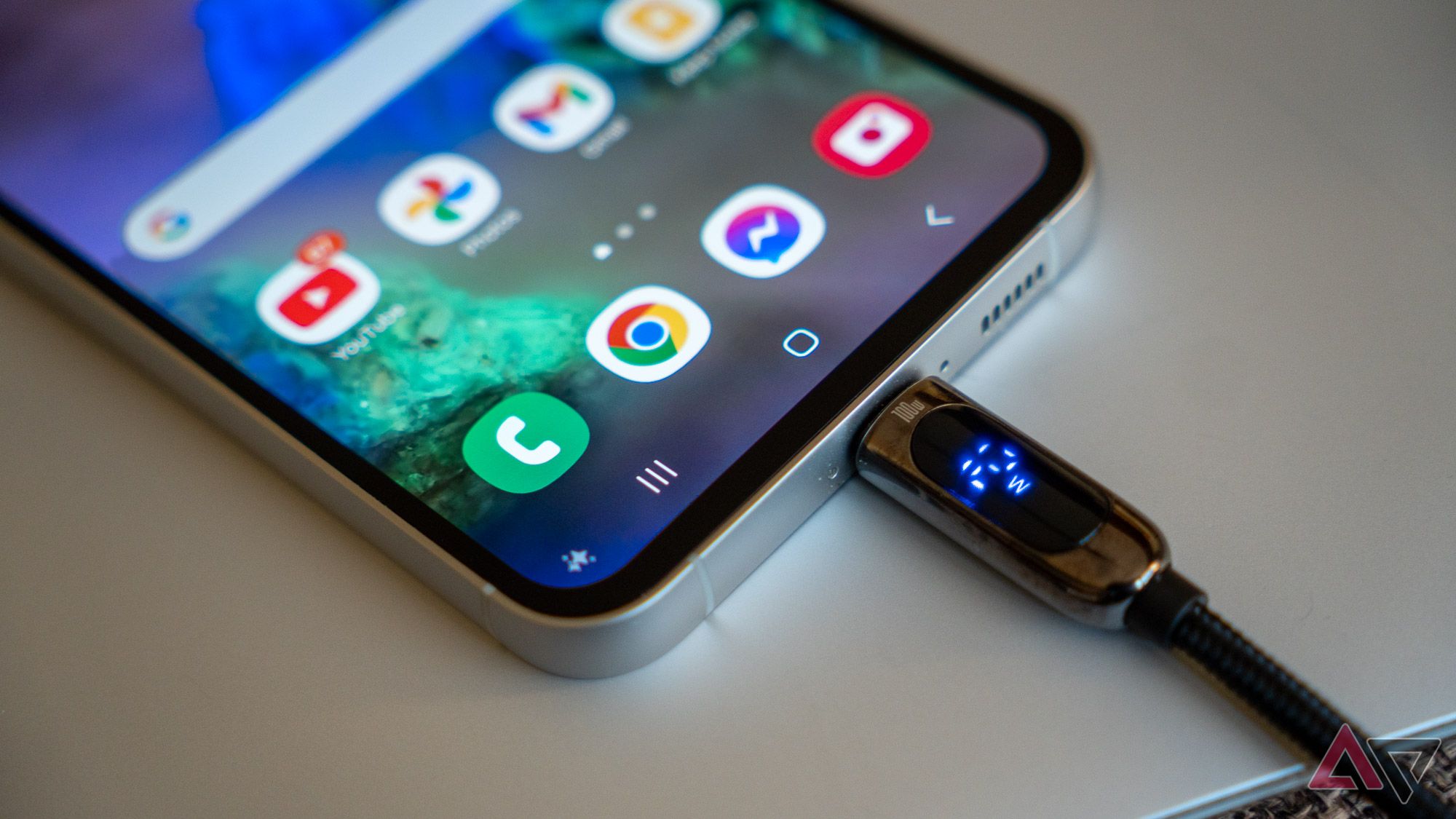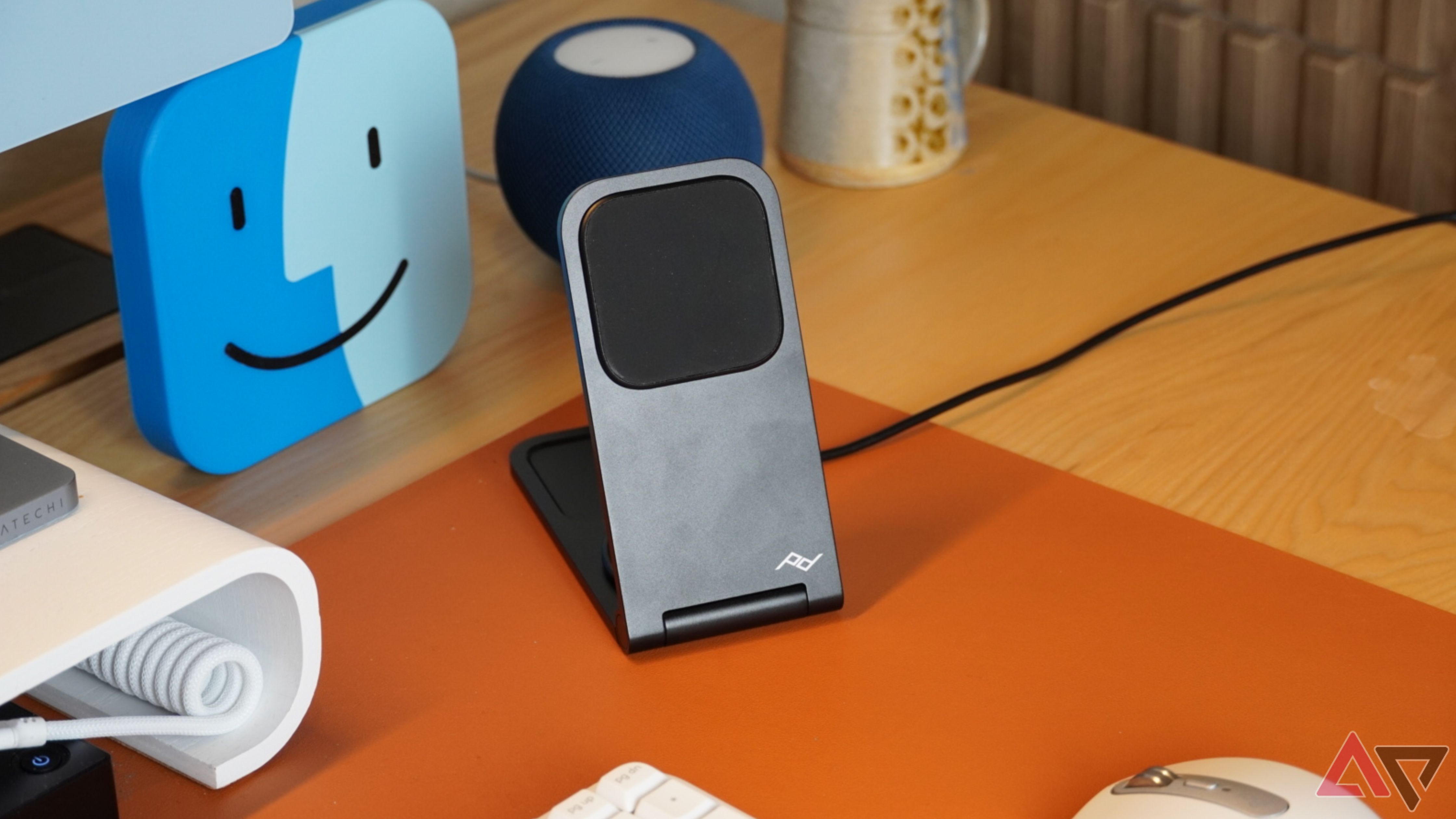Android 11, WearOS 2, and Chrome 87 were released five years ago. For smartphones, we are already partway into Android 15 and getting ready to gear up for Android 16; that alone had many changes compared to where we were five years ago today. We went from uncovering the power of Material You to exploring the deep rabbit hole of AI technology. Whether you keep up with Google’s Pixel flagship or stick with other Android products, we’ve discussed some of our favorite changes to Android over the years.
No Thanks, Keep Reading
Android is a primary OS for many devices; our list mainly focuses on the stock version features for smartphones and watches.
7
Material You theming
Personalizing your phone to make it truly yours
Material You came out in 2021 with Android 12’s official launch. Material You is where the real fun started with customizing appearances. It uses a genius wallpaper engine to change the color of the apps, UI, and widgets to match the chosen wallpaper theme. It means no two phones would look alike, making it feel like it’s truly yours. Material You have seen minor improvements since its release on Android 12, including more natural animation integrations and volume panel design.
Related
Material You: What it is and what we love about it
The most personal design you could imagine, without lifting a finger
6
Smart home control integration
New ways to control smart home devices
Setting up a smart home ecosystem is no easy feat. But once you’ve done it, you need a reliable way to maintain it. One exciting update is the ability to control a smart home with multiple devices. You can set up control using a tablet, smart speaker, phone, and even a smartwatch. The ability to control your smart home with a smartwatch is very clever, and that wasn’t possible until 2021, which later saw further improvements in another WearOS update in May 2024.
You can expect alerts when you’ve left the light on or when your door becomes unlocked, as well as thermostats dictating the temperature so you can activate the appropriate cooling/heating system when needed. It’s convenient, and having ways to engage with such a big project across multiple Android devices over the years has been game-changing.
5
Satellite messaging
Reach out without cellular coverage
On release, Android 14 had remnants of satellite connectivity but, for some reason, didn’t have the functionality enabled. Since the iPhone 14 series release in 2022, Apple has brought the technology for emergency use cases. Eventually, Qualcomm announced the Snapdragon Satellite for two-way satellite communication at CES 2023. The company partnered with Iridium, a satellite communications company, to access the latter’s L-band spectrum low-Earth orbit (LEO) satellites. Unfortunately, the partnership never happened, and we never saw the light of day with satellite messaging in Android 14 — at least not until Google.
Google brought a new feature that worked off satellite connectivity to the Pixel 9 series: Pixel’s Satellite SOS feature. It’s also been said that with Android 15, other Android phones, provided they have the hardware and carrier, can also use similar satellite SOS messaging. You can check out the T-Mobile and Starlink beta program if interested.
4
Battery life optimizations
Preserving your phone battery is simple
Optimizing battery health on Android has vastly improved over the years. We now have charging limits and a greater focus on charging efficiency practices. As technology evolves, we need phones and tablets that can last throughout the day and hold up across multiple generations of Android updates. It’s almost a waste to buy a new phone from Google and Samsung with a 7-year extension for update support if your smartphone can’t handle the new features that come with it.
Related
How to accurately measure your smartphone’s charging speed
Demystifying smartphone charging once and for all
It has also become easier to customize app usage, dictate which apps should run and update, and determine how much power the device needs to draw to light up the pixels on your screen (Always On Display). The flexibility for optimizing usage is key to maintaining your device’s battery health.
3
Wireless charging
Qi2 and MagSafe are a welcome change
Android has had wireless charging since 2012, but the technology didn’t fully take off until many years later, given how inconsistent and slow it ended up being. Wireless charging is key to a cordless future.
The second generation of the wireless standard (Qi2) was introduced by the Wireless Power Consortium (WPC) at CES 2023. Qi2 addresses problems that Qi1 has, like the coil alignment between the charging pad and the device, along with the slow charging speed. Qi2 still has some ways to go before fully integrating with new phones, but I am all for it.
2
Integrating AI
Leveraging it in the tech we use today
Introducing AI to smartphone technology is a love-hate relationship for consumers. Nobody honestly asked for it until OpenAI forced everyone else to innovate, release, or develop their own solution/competitor. Google did this with Gemini, and Samsung brought Galaxy AI.
It still feels like AI is some ways away from being accepted, and we’ve also barely scratched the surface of what it’s capable of. But we can’t deny AI’s help in improving smartphone cameras, security features, and other quality-of-life usage features like predictive text and Circle to Search. Powerful Chromebooks couldn’t exist without it (Chromebook Plus models were created with AI in mind). AI has been groundbreaking, and it’s only just the beginning.
1
Improved security and transparency
We have ample tools to protect our devices
Android still isn’t on Apple’s level when it comes to security. But the operating system has come a long way since. ChromeOS is already secure, thanks to isolating apps from the rest of the OS via sandboxing. Google releases security bulletins detailing any vulnerabilities affecting Android devices, including the WearOS platform. WearOS 5 also introduced passkeys, a more secure form for signing in.
Tablets and smartphones have security patches that keep your OS up-to-date. Other features like Theft Protection and Google Play Protect have done wonders to keep our devices more secure. Android keeps focusing on privacy and security updates and, more importantly, being more transparent about how apps use our data. Malicious actors have become a problem, and Android isn’t about to wait for another security breach.
Go back to older versions
If you’re not ready for Android’s newest and latest version, you can always roll it back by a version. However, the perks of keeping your device up-to-date are improved features as they are released. But the beauty of Android is in its open-source nature.


